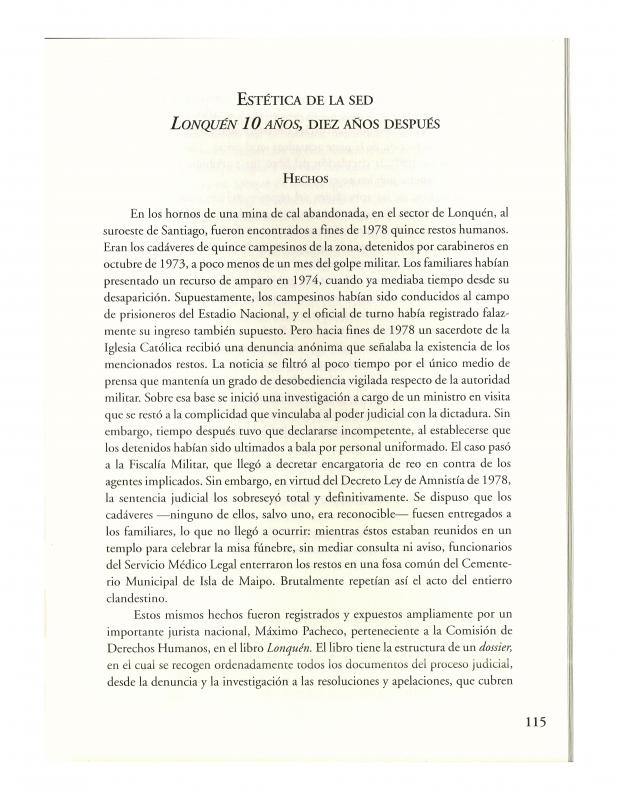“La cuna del delfín: Sobre Quadrivium, de Gonzalo Díaz” (The Cradle of the Heir: On Quadrivium, by Gonzalo Díaz) is the only critical text in Quadrivium: Ad usum Delphini (Quadrivium: For the Heirs), the catalogue for the exhibition presented at the Galería Gabriela Mistral, October 14 to November 6, 1998.
At a time of rebirth in Chilean painting and a return to a pictorial aesthetic inspired by a generation of young artists (Jorge Tacla, Samy Benmayor, and Bororo, among others), the trend was influenced by the “Italian trans-avant-garde” transmitted by Achille Bonito Oliva (1980). Support was forthcoming in Santiago from the Sur and Época galleries, and the Museo Nacional de Bellas Artes, which allowed Gonzalo Díaz to take a position midway between painting and Conceptual art and become a key figure in the new critical approach to painting that emerged in Chile in the 1980s. During this period he produced works such as Los hijos de la dicha (The Children of Happiness, 1979) and Historia sentimental de la pintura chilena (A Sentimental History of Chilean Painting, 1982), in which he questioned and, mainly, parodied the country’s received pictorial inheritance. He later moved on to work on installations, addressing historical and cultural themes and different forms of representation and inclusion in exhibition spaces.
Authors such as Oyarzún and Justo Pastor Mellado were critical of Gonzalo Díaz’s work, from his aesthetics to his political philosophy. [See the following essays in the ICAA Digital Archive: “Estética de la sed. Lonquén 10 años, diez años después” (doc. no. 734853) by Pablo Oyarzún and “Breve nota sobre pintura chilena: 1950–88” (doc. no. 736085) by Justo Pastor Mellado].


